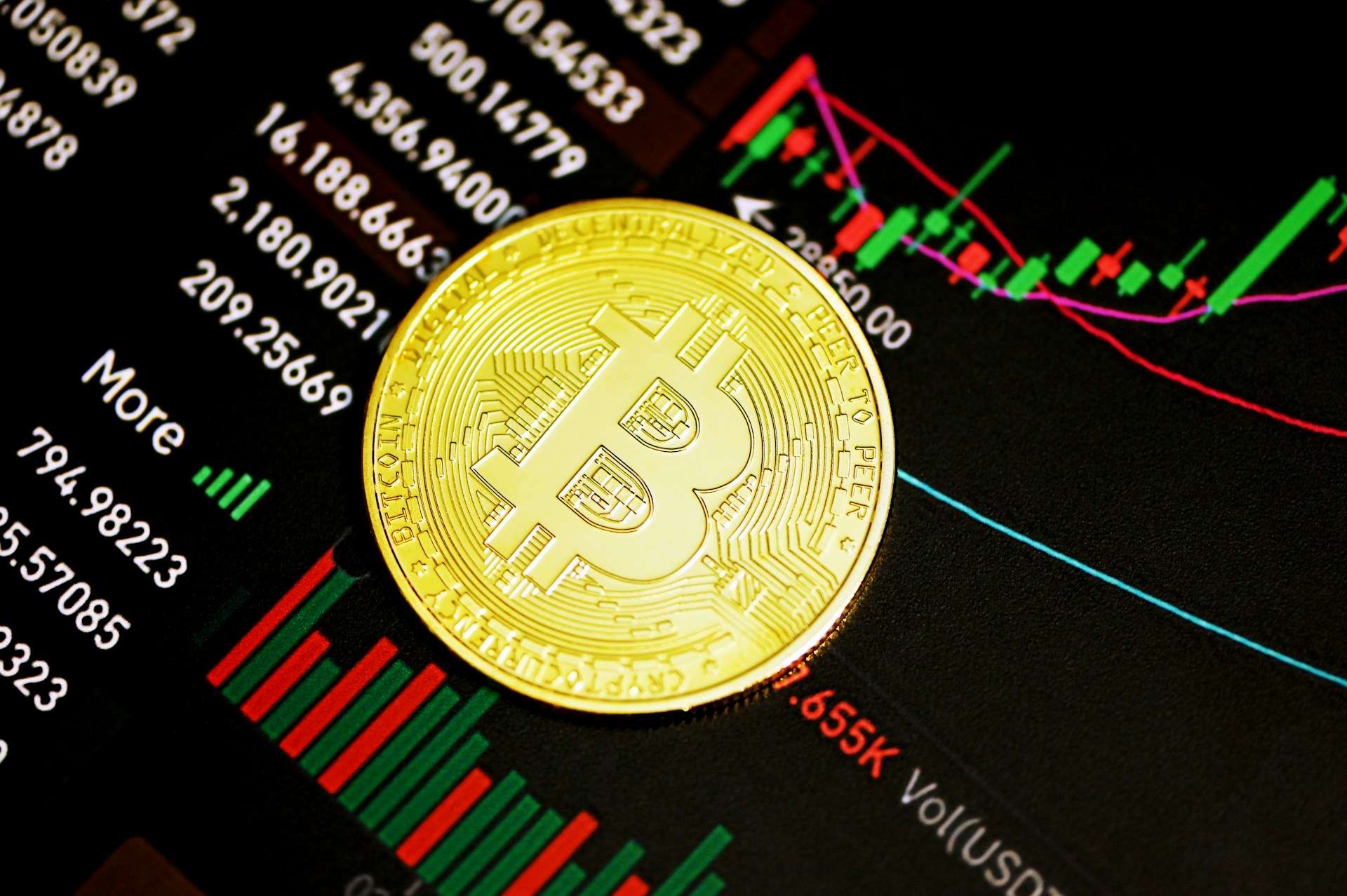Crypto and Sound Currency

The future of money is being coded—not printed—and the preservation of our liberties hinges on whether the underlying protocols uphold the principles of sound money. As a commodity, money is unlike any other; it is not consumed, nor does it directly contribute to the production process. Individuals naturally seek to acquire as much as possible, yet paradoxically, from a societal perspective, more is not better. There is no such thing as an “optimal” money supply; any quantity is sufficient, as long as prices can freely adjust. Statists often conflate monetary expansion with economic growth, but inflation merely erodes the purchasing power of existing monetary units—enriching the earliest recipients at everyone else’s expense.
Milton Friedman, one of Monetarism’s principal architects, rejected the gold standard on the grounds that producing commodity money (e.g., mining precious metals) was wasteful. Instead, he advocated for a fiat currency with a predictable, transparent inflation rate in the 3–5% range. However, Monetarists fail to recognize that the free market is not only capable of effectively regulating counterfeiting, but that privately issued money serves as a vital check on the welfare-warfare State’s expansionary impulses. As Murray Rothbard explained:
The reason is that a money under the control of the government and its banking system is subject to inexorable pressures toward continuing monetary inflation. In contrast, the supply of gold cannot be manufactured ad libitum by the monetary authorities; it must be extracted from the ground, by the same costly process as governs the supply of any other commodities on the market.
Debates over the nature and supply of money have escaped the confines of academic journals and central planning committees. For cryptocurrencies, monetary policy is encoded within the protocol—defined by a fixed or inflationary supply and an emission schedule that governs the creation of new coins. Not only do these rules dictate supply; they also establish the incentive structure that underpins network security.
At the heart of that security lies the protocol’s consensus mechanism, which ensures the accuracy and integrity of the decentralized ledger. Proof-of-work (PoW) coins require specialized participants, known as miners, to dedicate computational power to solving complex mathematical hash puzzles. The first miner who solves the puzzle proposes a new block filled with transactions, which is subsequently verified by other nodes in the network. Upon confirmation, the winning miner is compensated with a block reward and transaction fees. Overall, the higher the hash rate, the more resilient a network is to attacks. A malicious actor controlling over 51% of the hash rate could halt transactions, reorganize the blockchain, or execute double-spend attacks, breaches that would be catastrophic to trust.
Monetary policy directly affects decentralization by determining mining profitability, which in turn influences both a network’s short-term survival and long-term viability. In the following sections, we’ll examine two PoW coins that exemplify contrasting approaches to monetary policy: Bitcoin (BTC), often described as “digital gold,” and Monero (XMR), the leader in the private digital cash space.
Bitcoin
When Satoshi Nakamoto created Bitcoin, total supply was capped at 21 million BTC. According to the protocol, approximately every ten minutes, a new block of transactions is added to the chain, and the miner responsible earns a reward. Initially, miners were awarded 50 BTC per block. Every 210,000 blocks—roughly four years—the block reward is cut in half. These halving events have historically triggered astronomical surges in BTC’s value. Since April 2024, the block reward has been 3.25 BTC. By the year 2140, the final Bitcoin will be mined. What happens then? How will the network be secured?
As block rewards diminish over time, miners must increasingly rely on transaction fees. Whether these fees alone will be sufficient to secure the network against 51% attacks is a question shrouded in uncertainty. Large holders and Bitcoin companies may be incentivized to contribute hash power “altruistically.” However, entrusting the network to such miners undermines decentralization and increases censorship risk. Moreover, a protocol dependent on transaction fees upends the game theory for miners. To maximize rewards, miners might find it profitable to delay publishing blocks or engage in undercutting strategies.
Growing demand for non-monetary applications, combined with diminishing block rewards, is already reshaping network activity and miner incentives. Miners have profited immensely from rising fees driven by Bitcoin’s burgeoning NFT community. In a controversial upgrade scheduled for October 30, 2025, a software change aimed at blockchain neutrality will remove data limits on the arbitrary content that can be appended to transactions. Whether non-monetary data ends up clogging the network remains to be seen, but over the long run, transaction fees must sustain the network once block rewards are exhausted. The soundness of money is compromised if its future purchasing power becomes uncertain, undermining its ability to serve as a reliable store of value.
Monero
Monero’s first block was mined in April 2014. In 2022, the protocol reached its initial supply cap of 18.4 million XMR, triggering tail emissions—a perpetual block reward of 0.6 XMR. Approximately every two minutes, a new Monero block is mined with these tail emissions. The 0.6 XMR reward was set with the annual gold extraction rate in mind, thereby keeping yearly tail emissions under 1% of the total XMR supply. The rate of inflation from these block rewards asymptotically trends toward zero over time. Eleven years after Monero’s inception, the XMR supply currently stands at 18.44 million.
While Monero’s monetary policy superficially resembles Monetarist theory, its inflation differs fundamentally in both purpose and impact. The effect on purchasing power is negligible, given the small reward. More importantly, this modest issuance is a deliberate trade-off that prioritizes long-term security and stability.
Moreover, tail emissions serve a pragmatic function by offsetting lost coins. Private keys are lost over time, and coins are sometimes sent to burn addresses, shrinking the circulating supply. Monero’’s privacy features make the amount of lost XMR unknowable, but Bitcoin’s transparent ledger offers a reference point. Analysts estimate that between 2.3 million and 3.7 million BTC—11– to 18% of the total supply—have been lost.
Economic theory reminds us that increasing the money supply is unnecessary. As Ludwig von Mises explained in Human Action, “The quantity of money available in the whole economy is always sufficient to secure for everybody all that money does and can do.” On this view, XMR’’s supply would be adequate even without tail emissions. Monero’’s monetary policy, however, anchors long-term security to predictable incentives. To endure government pressure and thrive beyond 2140, it must remain a private medium of exchange with miners properly incentivized to secure the network.
At the Monetary Crossroads
As government debts reach unprecedented levels and Central Bank Digital Currencies (CBDCs) threaten to plunge us into a full-blown surveillance state, the need for sound money has never been more urgent. Our freedoms depend on building parallel financial systems backed by a censorship-resistant medium of exchange that preserves its purchasing power.
The long-term success of any cryptocurrency hinges not only on its monetary policies but also on decentralization and network resilience. Regardless of which cryptocurrencies ultimately survive or how protocols evolve, sound money is essential for a prosperous society, as it alone can cultivate savings, resist the State’s despotic impulses, and safeguard liberty.
In the words of Saifedean Ammous, from The Bitcoin Standard:
Whether in Rome, Constantinople, Florence, or Venice, history shows that a sound monetary standard is a necessary prerequisite for human flourishing, without which society stands on the precipice of barbarism and destruction.
When money falters, civilization inevitably follows.
The post Crypto and Sound Currency was first published by the Foundation for Economic Education, and is republished here with permission. Please support their efforts.



